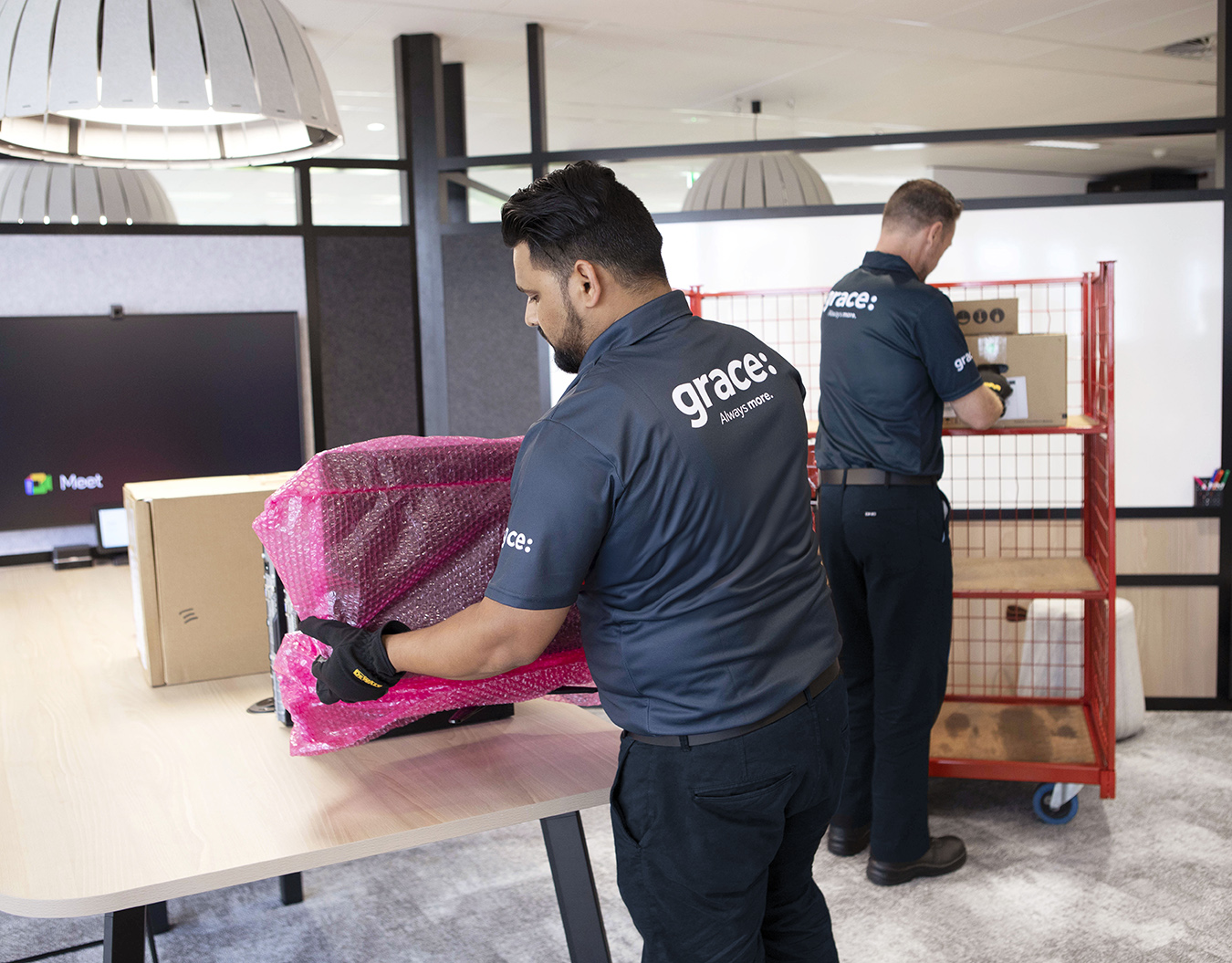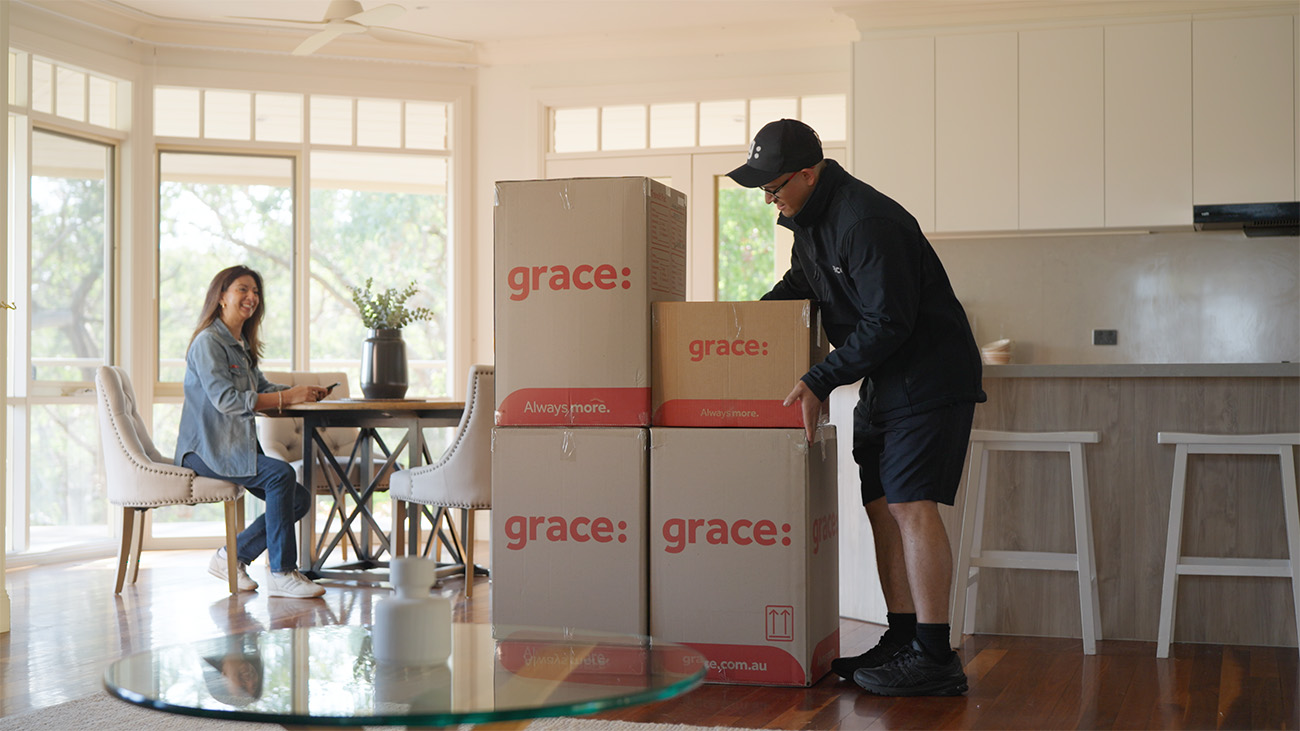From the local fish and chip shop to the biggest blue chip, no Australian business is immune from the current skilled worker shortage. According to the ABS, one in five (21%) of businesses reported difficulties finding suitably skilled workers in late 2020. And it seems time hasn’t made things any easier with the National Skills Commission recently revealing a similar percentage of Australian occupations continue to feel the pain of skilled employee shortages.
Unfortunately, it’s not likely that there will be great improvement on this front in the near future thanks to a combination of slow population growth, an ageing (and retiring) populace, plus a projected explosion of jobs in most industries.
But the government recently announced a raft of visa changes to address worker shortages and help future-proof the labour market. The main aim is to allow businesses to not only retain talent on employer sponsored visas, but attract new overseas talent.
If you add this to borders fully reopening, especially with the removal of the need to declare your COVID-19 vaccination status upon entering, companies like yourself can now finally access a much bigger talent pool.
Here we cover some of these momentous visa changes.
Employer sponsored visa options
According to a recent Australian government treasury paper, skilled migrants on average make a lifetime contribution of $198,000 to the Australian economy (compared with an $85,000 cost for the general population). Primary employer-sponsored visa holders contribute up to $557,000.
Such statistics really drive home the importance of skilled migration for our country. In light of this, the government offers a variety of employer-sponsored visas for businesses needing to recruit overseas talent. The three major ones are:
1. Temporary Skill Shortage (TSS) 482 visa (replaces subclass Temporary Work Skilled 457 visa)
The TSS is a temporary visa that offers three streams for skilled overseas workers – short-term, medium-term and labour agreement. It used to be classified as the Temporary Work Skilled 457 visa, but was replaced by the TSS visa in 2017. Those still on 457 visas are now known as ‘legacy’ workers.
2. Employer Nomination Scheme subclass 186
This is a visa that allows overseas workers to live and work in Australia on a permanent basis. It has three streams – direct entry, labour agreement and the recently amended transitional stream (TRT)). Excitingly,the TRT stream now allows many more temporary visa holders to apply for permanent residency (more on this a little later under the ‘changes’ section).
3.Global Talent Visa Program
The Global Talent Employer Sponsored Program is a part of the larger Global Talent Visa Program. It helps employers sponsor overseas workers for highly-skilled niche positions that can’t be filled by Australian workers, or through other visa programs (like the ones mentioned above).
It’s a permanent residency visa that has strict criteria, requiring applicants to have very high-level skills and experience to the point of prominence in their field, or international recognition and/or accolades.
The immigration department’s Migration Program plans for 2022-23 include 109,900 skilled worker places. Employer sponsored spots have been boosted from 22,000 in 2021-22 to 30,000 in the 2022-23 fiscal year. Interestingly, Global Talent visas have been reduced from 15,000 to 8448 over the same period.

The visa changes
Let’s now turn to the recent changes to these visa categories, ones that mean it will be much easier for you to attract overseas talent to your open roles, as well as retain any overseas workers on temporary visas you currently have on your pay role.
1. A new pathway to permanency
Previously, only those holding a temporary medium-term stream 482 visa were allowed to apply for permanent residency. As of 1 July 2022, that option has been expanded to short-term stream 482 visa holders via Temporary Residence Transition stream (TRT). According to the government, this will positively benefit around 20,000 workers currently in Australia, a great reward for the many who chose to stay here during the pandemic.
What does this mean for you? If you have valued staff currently holding a 482 visa, you may be able to apply to keep them indefinitely (provided they meet certain eligibility requirements). This does wonders for your employee turnover, whilst also helping you better plan for your company’s long-term future. In addition, it’s a powerful employee attraction tool, with top overseas talent now having an easier pathway to make Australia not just their place of work, but their permanent home.
2. Age restriction removed
The next important change is the removal of the age limit for those on legacy 457 visas who want to apply for permanent residency (previously 45 years of age). Anyone on such a visa can now apply via the TRT stream.
A legacy 45-7 worker is defined as a person who:
- held a Subclass 457 visa on or after 18 April 2017; and
- was in Australia for at least 12 months between 1 February 2020 and 14 December 2021
3. Removal of the onshore renewal restriction
The last change that came into effect as of 1 July, 2022, relates to visa renewal restrictions. In the past, those TSS 482 visa holders who had been granted a second 482 visa while in Australia, had to go overseas to apply for a third (known as the ‘onshore renewal restriction’). Pandemic travel restrictions really messed with this, making it impossible for such visa holders to abide by the rule.
But no more. Those who’ve held a TSS visa(s) in the short-term stream for a period that totals at least 12 months between 1 February, 2020 and 14 December, 2021, and submit their application before 1 July, 2023, can do so right here on (temporary) home soil.
The employer-sponsored visa process
That covers the major (and most encouraging!) recent visa changes that will hopefully make it a lot easier for you to retain, attract and hire international talent.
While these changes open more doors for you, the visa application process itself is a little convoluted, especially to the uninitiated. It requires a full understanding of the ins and outs of immigration policies, not to mention time to prepare, collate, submit and check the progress of employer-sponsored visas. Using a mobility specialist can be a way to circumnavigate this, with the added employee benefit of taking the stress of applying directly off their shoulders.
Here at Grace, our visa and migration services team have many years of experience helping our clients manage their global workforce, alongside easy access to experienced corporate immigration legal experts. Let us know if we can support you with any aspect of securing your work and residency visas for top overseas talent. We’d love to help.




